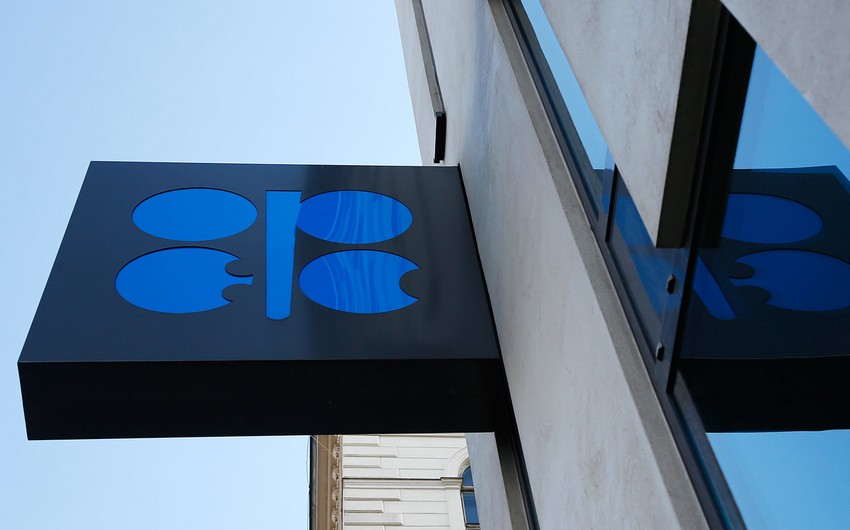Opec and its oil-producing allies, including Russia, are adhering to deep production cuts they agreed to make to counter the demand fallout caused by the coronavirus pandemic, the International Energy Agency said on Wednesday.
Global oil supply fell in September, and the so-called Opec+ group “improved the compliance rate with their agreement,” the Paris-based agency said in its latest monthly report. It noted maintenance and unplanned outages also curbed output in Brazil, Canada, and the North Sea.
The IEA said total world supply in September fell 0.6m bbl/day from the previous month to 91.1m bbl/day, which was down 8.7m bbl/day from the same month a year ago.
Earlier this year, the Opec+ group agreed to cut production by 9.7m bbl/day from May through July and by 7.7m bbl/day from August until the end of the year, with Saudi Arabia taking on an additional 1m bbl/day cut. It is expected to further taper the output curb, to 5.8m bbl/day, from January.
According to the IEA, the 10 Opec members taking part in the cuts turned in a compliance rate of 106% in September, while non-Opec members delivered a rate of 99%.
“Compliance with the agreed targets has averaged 95% for the May-September period, and countries that overproduced in recent months have agreed to compensate by pumping less,” it said.
Meanwhile, the IEA forecast non-Opec supply to fall by 2.6m bbl/day in 2020 before recovering by 0.4m bbl/day in 2021.
Among the top producers in the Opec+ group, Russia’s output will be down 1m bbl/day on average this year versus 2019, and Saudi Arabia’s output will fall 0.6m bbl/day. Output in the US, which is outside the Opec+ agreement, will fall 0.7m bbl/day this year.
Oil production has fallen in line with flagging oil prices, with the Brent crude and WTI benchmark contracts trading around USD 20/bbl below their pre-pandemic levels – currently at above USD 42/bbl and 40/bbl, respectively.
Meanwhile, the IEA kept its 2020 and 2021 demand forecasts largely unchanged from the previous month.
It pegged 2020 global oil demand at 91.7m bbl/day, down 8.4m bbl/day from 2019. For 2021, it forecast demand to bounce back somewhat to 97.2m bbl/day.
The IEA said its demand and supply estimates implied a “significant stock [global inventories] draw” of 4m bbl/day in the fourth quarter, based on an assumption of full compliance with the Opec+ agreement.
“While this is a large change, it is happening from record-high levels,” it said.
With the increase of 1.9m bbl/day in the Opec+ production ceiling currently planned for 1 January, “there is only limited headroom for the market to absorb extra supply in the next few months,” the agency said.
“Also, there is a risk that the demand recovery is stalled by the recent increase in Covid-19 cases in many countries.”


 https://static.report.az/photo/a1e8189c-f7f2-3d9a-ae89-09374f0386cf.jpg
https://static.report.az/photo/a1e8189c-f7f2-3d9a-ae89-09374f0386cf.jpg

